By Yvonne Wright • The Current Contributing Writer
From a cultural perspective, the events leading up to the Second World War (e.g., increasing hostility towards Jewish citizens in Germany, and the contempt felt by the Nazis for cultural avant-garde dismissing it as ‘degenerate’) set the stage for a dramatic shift in cultural dominance and leadership away from traditionally European urban centers to North America. With the threat of the impending war, many leading modernist painters, sculptors, architects and intellectuals fled their homelands to escape fascism and years of warfare that turned most European countries into ruins — settling overseas, primarily in the United States.
The growing colony of expatriated Europeans soon included some of the greatest artists and modernist thinkers of the early 20th century; among them leading architects and designers of the Bauhaus School, Conceptual Art artists, Cubists and Surrealists, whose works greatly resonated with the cultural elite of New York City in the 1940s. While the European avant-garde continued to maintain their ideological status-quo by exhibiting, publishing and lecturing in their new home, they were soon joined by a generation of young American artists flocking to the city whose various interpretations of the European Modernist canon, strengthened by developing friendships with their European colleagues, created a fertile environment for cross pollination of aesthetic ideas upon which “the first truly American modernist movement” unfolded, today called the New York School or Abstract Expressionism — elevating the city that embodied it to the cultural capital of the West in the postwar era, a role previously held by Paris.
This shift in paradigm was also underpinned by the presence of several newly founded cultural institutions like the Museum of Modern Art (est. 1929), the Museum of Non-Objective Painting (aka the Guggenheim Museum, est. 1939), and the Art of this Century gallery (est. 1942), all decisively promoting (through their art exhibitions and publications) works by European and American avant-garde, especially the non-representational works by Abstract Expressionists – passionately championed by the prominent essayist on modern art, art critic and influencer, Clement Greenberg. He believed in “the necessity of abstract art as a means to resist the intrusion of politics and commerce into art.” In his 1961 essay on art and culture Greenberg argued that “what mattered most in a work [of art] was its articulation of the medium, more particularly, its finessing of the terms of the material medium, and the progressive elimination of those elements that were beside its point.”
True to the movement’s mantra, Abstract Expressionist painters (e.g., Mark Rothko, Willem de Kooning, Lee Krasner, etc.) rejected all representational forms of articulation and sought a narrative on a monumental scale that would communicate the artist’s inner psyche and spontaneity of technique, with an emphasis on the unconscious mind expressed in a universally understood visual language. Particularly well known examples of such a concept are works by Jackson Pollock, a Wyoming artist living in New York, whose work “Number 30” (aka “Autumn Rhythm” painted in 1950) is an example of the artist’s innovative ‘random-patterns’ technique of applying dripping paint directly onto a canvas spread on the floor. A year later art critic and philosopher, Harold Rosenberg, coined the term action paintings to describe this type of artistic practice. For Rosenberg, the painter’s expressionistic encounter with the canvas was paramount, and he asserted that Abstract Expressionism was “a major rupture within the history of modern art,” arguing that the movement’s principles derive from the combination of “emotional intensity and self-denial, and the anti-figurative aesthetic of the European abstract schools such as Futurism, the Bauhaus, and the Synthetic Cubism.”
During the McCarthy era of the mid-1950s, marked by unparalleled artistic censorship in the United States, the style gained mainstream acceptance. In art “if the subject matter were totally abstract then it would be seen as apolitical, and therefore safe” or, if the art was political but its message largely obscured, then it was only for the insiders. Through it all, the New York School sought to create a genuine new kind of American art, one that was an expression of ideas concerning the mind, and the unconsciousness, but the widespread popularity of the movement was achieved at the expense of figurative art. Many pro-abstract art critics used their influence to advocate Abstract Expressionism as “the guardian of an advanced art” while the movement’s location in New York City provided its practitioners with an unprecedented international platform of influence. In the following years, it was Europe’s turn to be inspired and to follow rather than to lead, still recovering from the scars of World War Two.
The Anita Shapolsky Gallery is one of those prominent Manhattan’s Upper East Side art galleries that specializes in works by the New York School of Abstract Expressionism, Geometric Abstraction, and Painterly Abstraction. With its satellite brunch in Jim Thorpe, PA, the Anita Shapolsky Foundation (est. in 1986) it also showcases works by a younger generation of Modernist artists. One of such artists is Aillinn Brennan, who has exhibited several times with this renown gallery in Jim Thorpe, PA. Born in Tullamore, Ireland, raised in New Jersey, and educated in New York City, Aillinn is an art therapist and active studio artist whose works have an aura of international sophistication. Majoring in psychology at a community college, and then earning a Bachelor of Fine Arts (BFA) degree in art and a Master of Professional Studies (MPS) degree in art therapy & creativity development (both from the Pratt Institute, a prestigious private university), Aillinn is an artist whose paintings reflect her academic education and training on the one hand, and her life-long fascination with psychology on the other — elements of which inform her work as “a dialogue between the principles of art and design (i.e., light, shape, color and composition) and the unconscious.”
“I always loved art” reminiscences Aillinn thoughtfully “and often found myself looking through art history books as a child.” In high school, her interest in art intensified, inspired by a wonderful art teacher she had, Donna Henry, who continued to mentor her in the visual arts even through her community college years. In fact, Ms. Henry was quite instrumental in helping Aillinn to create the proper artistic portfolio necessary for entering the Pratt Institute. Through experiential learning and immersive clinical training at the university, Aillinn discovered “the curative nature of the creative process and the healing potential of art.” Choosing art therapy as a vocation became a natural fit for the artist, a sensitive deep thinker, whose professional credentials soon included work at acute psychiatric wards in Manhattan; Bellevue Hospital and Columbia University’s Psychiatric Institute. In Pennsylvania, Aillinn worked at the State Correctional Institution at Mahanoy, and held a private art therapy practice in Allentown. If that wasn’t enough, for several years Aillinn was an Adjunct Professor at Lehigh Carbon Community College and Penn State, teaching art history courses.
The artist’s busy schedule never stopped her from painting, and the psychological insights gained through work experience enriched her artistic practice. She is exceedingly fascinated with “the dialogue that emerges between the brain, the unconscious, and the material at hand.” She works in a variety of mediums, from oils and oil-enamels on maple plywood, to watercolors, conte crayons, pastels, graphite and charcoal on vellum or rag papers.
Like many young and aspiring artists, Aillinn lived and matured as an artist in New York City – later making Jim Thorpe her home base. Not considering herself a purely abstract artist, many of her works reflect a more lyrical and intellectual side of abstraction (Helen Frankenthaler comes to mind), where the apparent randomness of the application of paint onto a canvas (characteristic in Pollock’s or Kline’s art) is softened by Aillinn’s subtle references to nature, landscape, and organic forms contained within compositions in an entirely new way. As Aillinn explains: “I explore the didactic reasons for these intuitive, creative processes, drawing heavily from psychoanalytic theory and expressive analysis; viewing each work as a journey into the unique mental space that is tapped through intuitive creative process,” which elegantly encapsulates her work as a whole.
Aillinn Brennan’s 2002 painting “Daytime In Dystopia” executed in oil-based enamel paints on 3/4” maple plywood (in an impressive 4 feet x 8 feet size), denotes the idea of an Apocalypse. Painted in the artist’s Long Island City studio in the aftermath of the September 11th terrorist attack (a workplace where she could still smell the smoke wafting form the direction of the Twin Towers) “Daytime In Dystopia” is a powerful affirmation of the artist’s feelings at the time, her psychological manifestations of anger, fear and revelation, as communally experienced by many New Yorkers.
The painting’s composition seems to reverberate with multitudes of organic abstract forms violently intertwined with each other, unstable and wavy, as if an explosion of bleeding veins and ruptured flesh has created a world of an unrecognizable mass – torn and burned, but still pulsing with life. There is a sense of agony, on the one hand, and life’s triumph over death on the other, as light slowly penetrates the darkness and violence below. The feeling of anguish and hopelessness is contained primarily to the bottom of the composition, whereas a perception of spiritual defiance can be recognized as manifesting itself in the upper parts of the painting.
As one of the artist’s most heart-felt paintings, and one of nine works created in her series of Dystopia, “Daytime In Dystopia” has been showcased at many exhibitions, including the Mauch Chunk Opera House and the Anita Shapolsky Foundation in Jim Thorpe, the 3rd St. Gallery in Philadelphia, the Spike Gallery in NYC, the Art World Digest Magazine in NYC, and the CUE Art Foundation in NYC, to mention but a few.
Aillinn is an exceptional artist, creating works that can hold their own in the highly competitive world of contemporary abstraction. Don’t just take my word for it, however, but review her website. It contains an impressive body of work, divided into nine sections: Red and White (enamel on paper), Night (pastel, gouache and pencil on black paper), Free Associations (oil and enamel on panel), Free Associations 2 (colored pencil on white paper), Monsters (oil and enamel on panel), Monster 2 (colored pencil on white bristol), Dystopia (oil and enamel on panel), Dystopia 2 (pastel and conte crayon on white paper), and Suffering (graphite on Bristol board) — all worthy of a major critical note.
Her favorite artists? From Roman wall paintings to Edward Hopper, and a lot of photographers in between. She has an open mind and a keen eye for art, hence she likes to collect works by other artists. Since she moved to Jim Thorpe in 2006, Aillinn has also become a very busy business woman, who, along with her husband, owns and operates the Marion Hose Bar, one of the most popular establishments in Jim Thorpe, located at 16 West Broadway, next to the Mauch Chunk Opera House. Some of her painting can be viewed there.
Like everything else she does, Aillinn prepared herself well for the challenge, by formally studying the arcana of wine, beer, food and spirits at one of the top ranking wine schools in the USA, the Wine School of Philadelphia, under the mentorship of Keith Wallace. Today. Aillinn often credits Keith’s friendship and tutelage with her bar’s success.
She is also a contributing writer to the area’s local monthly newspaper, the widely read Jim Thorpe Current, sharing her knowledge of food, entertaining and things ‘spiritual’ with her audience. She also loves to cook “and hang with her dogs, Olive and Chloe, potting around the house” that makes her feel truly blessed with the life she has built in Jim Thorpe among the friendly and welcoming community in which neighbors become dearest friends.
Piet Mondrian once said that “Art is higher than reality, and has no direct relation to reality,” but judging by the power of visualization in Aillinn’s abstract works, her art is anything but separated from the reality that surrounds, disturbs or inspires her, forcing the viewer to reconcile with our human irrationalities, vulnerabilities and the entrapment of our modern life. You can see more of Aillinn Brennan’s works here: www.aillinnbrennan.com/Home.html.
Yvonne Wright is the owner of STUDIO YNW at 100 West Broadway in Jim Thorpe. She can be reached at studio.ynw@gmail.


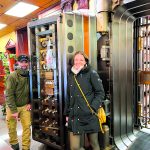

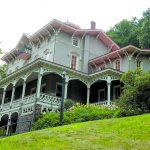

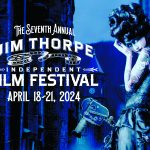

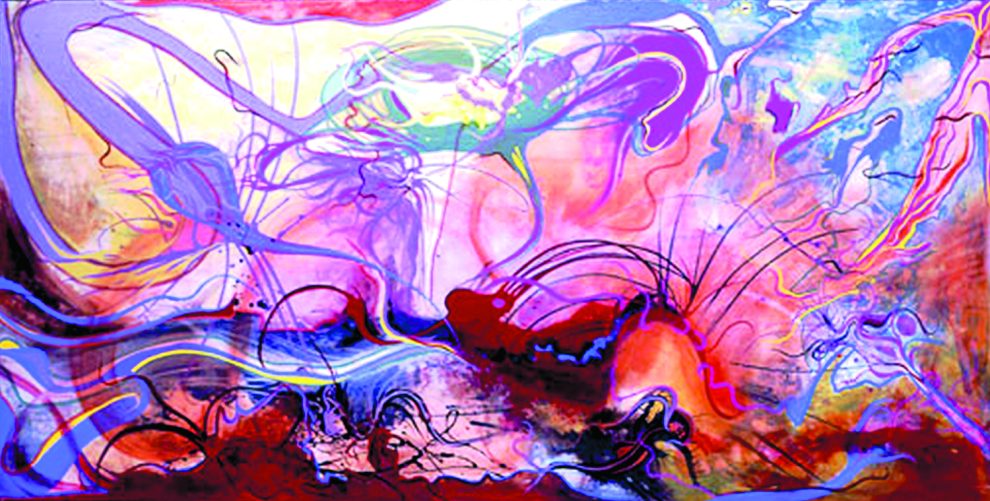
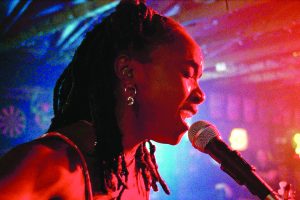
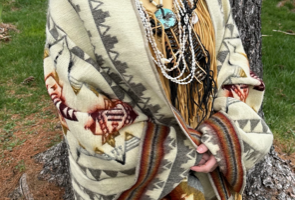
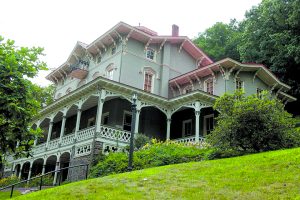
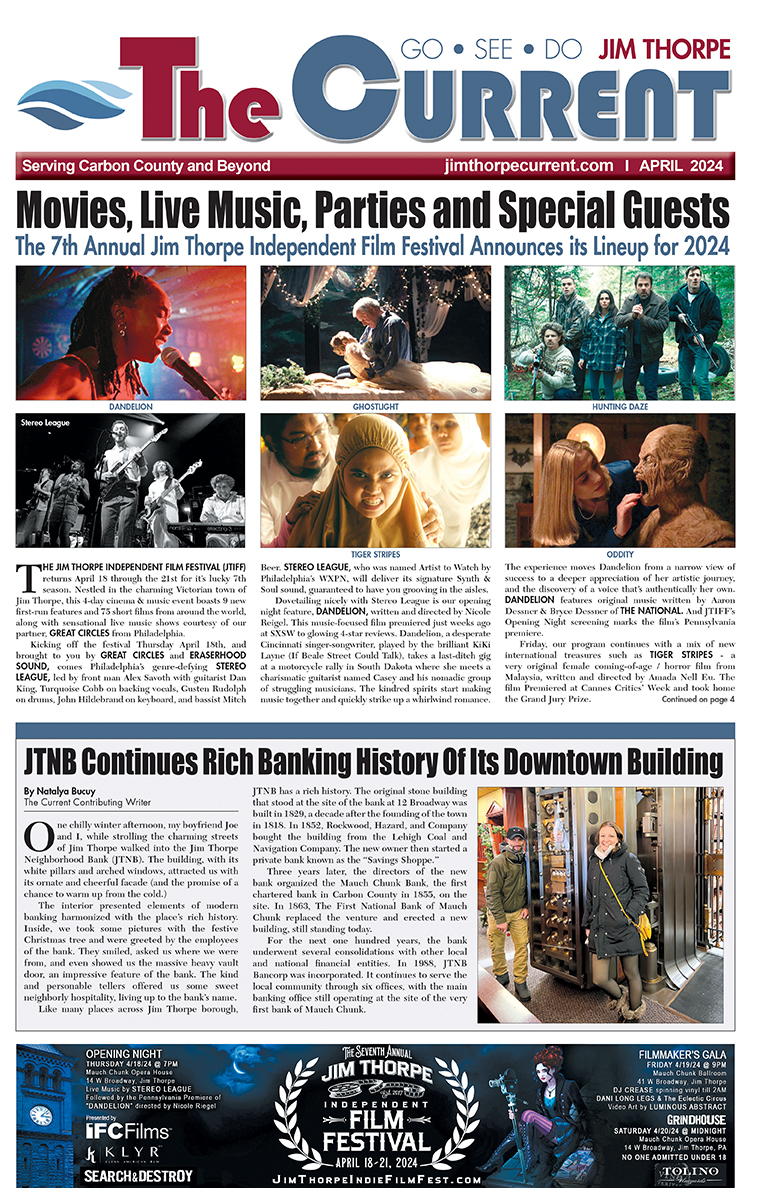
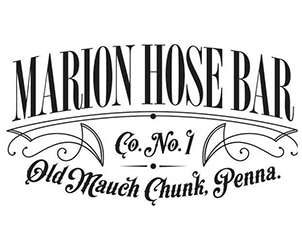
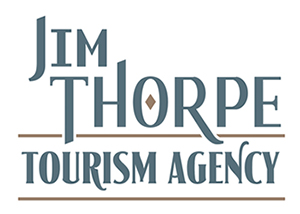
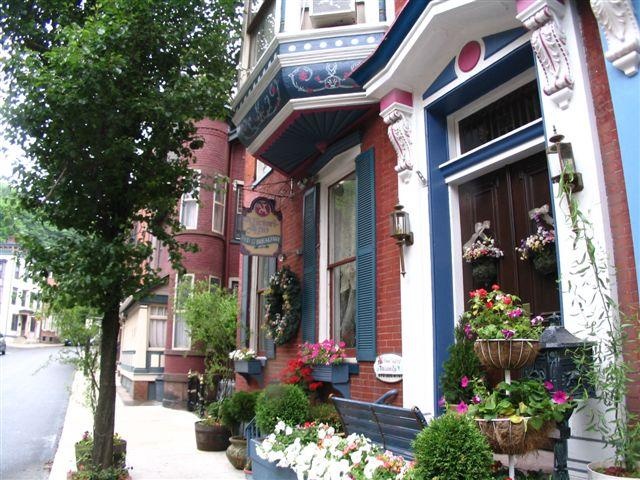











Add Comment